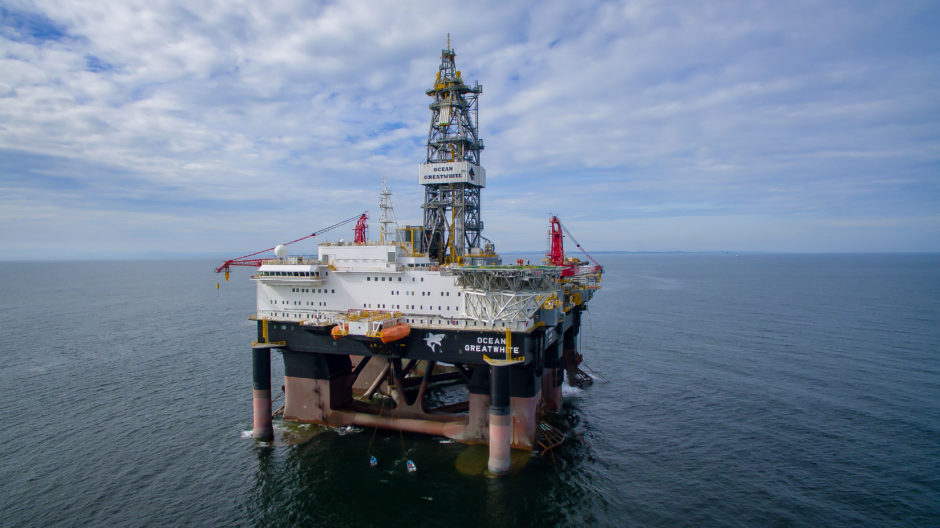
The global oil and gas exploration sector has got its “mojo” back, a new poll says.
Oil firms are ready to spend more money on exploration, which has become more competitive thanks to cost cuts achieved during the downturn, according to energy research firm Wood Mackenzie (Woodmac).
In total, £30.7 billion will be spent on exploration this year, Woodmac said in its 11th annual exploration survey, which took in the views of 258 senior industry professionals.
About 36% of respondents said they would invest more this year, while only 13% reduced their budgets from last year.
Thirty-eight percent plan to drill more wells, and just 10% expect their well count to be lower than in 2018.
Woodmac said hard-won efficiency gains meant explorers could get more bang for their buck.
Projects have been simplified and explorers are drilling prospects in less challenging basins, which lowers costs and improves drilling time.
Around 22% believe exploration can break even with Brent in a $55-$60 per barrel price range, while a further 18% are comfortable in the $45-$50 band.
Before the 2014 oil price crash, companies were looking at a breakeven price of around $80 per barrel.
Andrew Latham, vice president of exploration at Woodmac, said: “We’re seeing a continued recovery in the exploration sector, and this borne out by the drilling plans and new licences we’re seeing.
“A number of key themes emerged in our survey. Conventional exploration is still viewed as the primary resource replacement option.
“And lower costs, both for exploration and development, are key to exploration’s return to value creation.”
Drilling will accounting for about half of this year’s total exploration expenditure, and a quarter will go towards paying for geological and geophysical surveys.
Only 8% goes towards digitalisation, but its share will increase as new seismic processing techniques, machine learning and artificial intelligence become more widely used.
Dr Latham said: “Digitalisation offers exploration the possibility of better resolution of the subsurface, better seismic modelling and growing use of automated interpretation.
He added: “Digitalisation has become a consistent feature on our surveys. The survey results back up our expectation that the exploration industry, led by the majors, will spend billions each year on digitalisation.”
Deep-water sweet spots like Brazil, Guyana, the Gulf of Mexico and the East Mediterranean are attracting the most attention.

